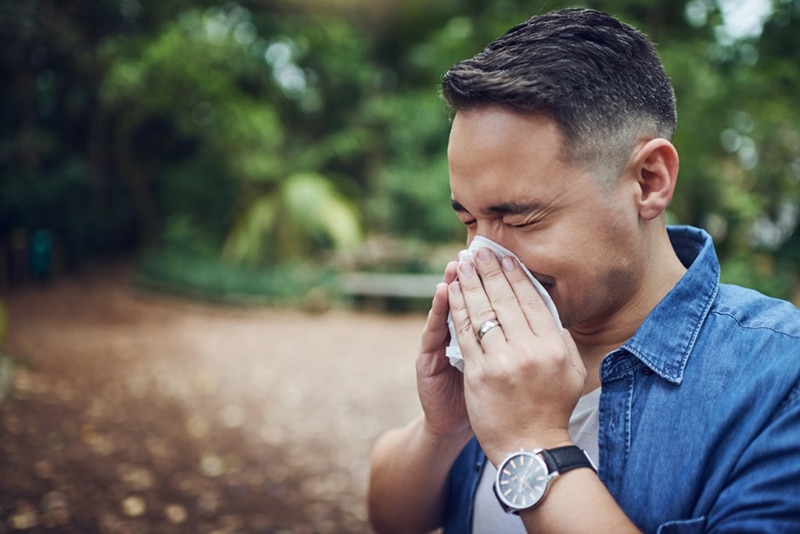Here’s how you can combat these pesky irritants
One of the first things people notice when they move to the Lone Star State is the allergies. People who have never suffered from outdoor allergies are often welcomed to North Texas with sneezing, watery eyes, headaches, and more unpleasant symptoms from the onslaught of pollens they hadn’t been exposed to in other parts of the country.
While the Metroplex continues to grow, the allergy problem actually gets worse, according to Stephen Mueller, MD, pulmonologist on the medical staff of Methodist Charlton Medical Center. Along with all of the conveniences found in a booming metropolis comes increased pollution from cars and industry, as well as pollens from plant life that aren’t native to the area.
“We’re in a unique area for allergies here in Dallas,” he says.
Dr. Mueller points to five main reasons allergies in North Texas can be so problematic:
- Location, location, location — Dallas has the misfortune of being situated inland and upwind from Austin and San Antonio. The Hill Country is notoriously bad for those with an allergy to mountain cedar. “Pollen can travel hundreds of miles in the winds — 400 to 600 miles is not unusual under the right conditions,” Dr. Mueller explains. “So, we’re getting everything that blows up from other parts of Texas.”
- Foreign plant species — All of our new residents mean lawn grasses, trees, and flowers not native to Texas are trucked in to landscape homes and businesses. The sheer number of different pollens can be problematic for allergy sufferers.
- Pollution — All those cars and airplanes cause respiratory irritation for many sufferers as well as sore, watery, red eyes. “We live in a big city that is spread out, so we have a lot of cars and also airplanes that contribute to pollution,” Dr. Mueller says. The CO2 emitted by cars and airplanes also stimulates the production of fungal spores, which is a common allergen for many people.
- Unpredictable weather patterns — North Texans like to joke if you don’t like the weather today, wait a few minutes, and it will change. Well, that’s no joke for allergy sufferers. Drastic weather swings day to day or even within the same day can trigger an unexpected allergic attack. “It can be hot, humid, dry, wet, warm, and cold all in the same week,” Dr. Mueller says.
- A mild climate — Plenty of people move here to get away from the frigid winters, but the lack of deep winter frost means that plants produce pollen virtually all year long. That contributes to the overall amount of pollen in the air.
To combat allergic reactions, Dr. Mueller suggests patients take several practical steps:
- Consider taking an over-the-counter antihistamine or nasal spray on days when the allergens are especially bad.
- Reduce the pollens on your body by changing clothes after being outside and washing hair before bed.
- Invest in high-quality filters for your home’s HVAC system, which will filter out pollens from the outdoor air before circulating it through your home, and remember to change them regularly.
- Supplement your clean-air crusade with inexpensive air purifiers for the commonly used rooms in your home, especially the bedrooms. “These work well and do what they say they’re going to do,” Dr. Mueller notes.
- Check daily pollen counts online and limit outdoor activity on high pollen days.
- People who need more relief should consider taking allergy shots prescribed by a specialist in allergy and immunology and wear a face mask when outdoors.

